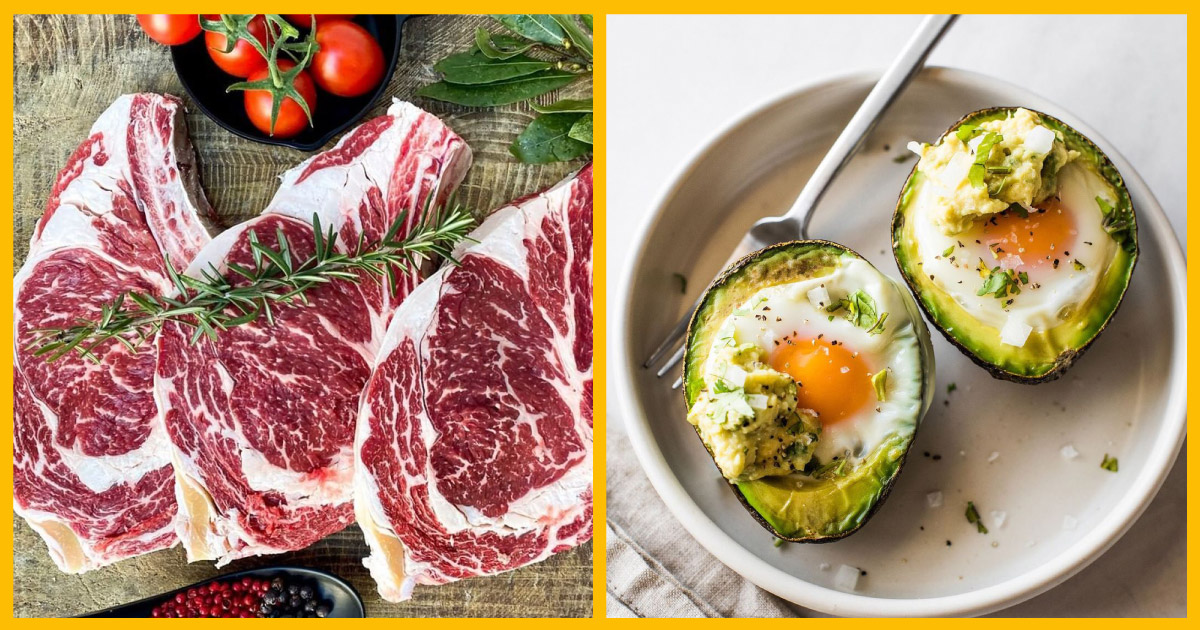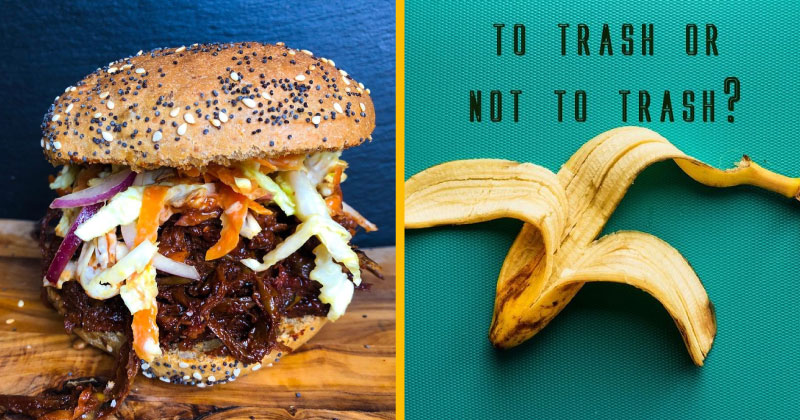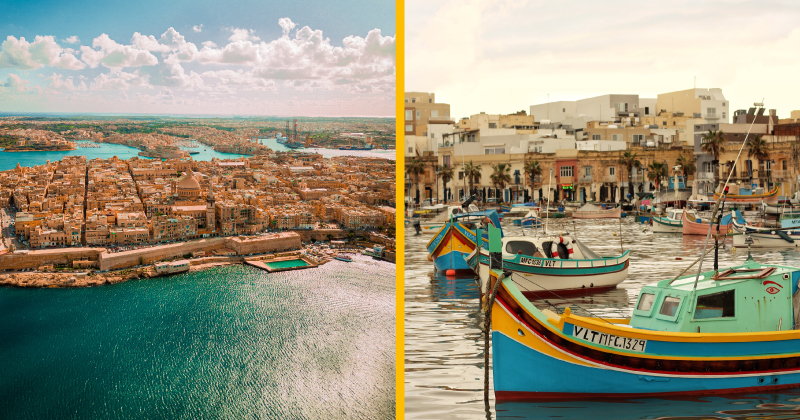Want to know more about healthy fats? Here’s the scoop 💪

It’s a tricky situation when you grow up thinking that anything that contains fat is not good for your health. It turns out that this is not actually the case. There are fats that are considered to be ‘bad’, like, saturated fats and hydrogenated (trans) fats, but there are also fats that are actually good for our bodies. Let’s have a look. 🤓
How do ‘bad’ fats harm us?
Well, the main issue with bad fats is that they increase our risk of heart disease. Two types of cholesterol levels exist in our bodies: high-density lipoprotein (HDL) cholesterol and low-density lipoprotein (LDL) cholesterol. HDL is considered to be good cholesterol because a high amount of this helps to remove other kinds of cholesterol and thus reducing our risk of heart disease. ❤️
LDL, on the other hand, is the bad one. High levels of this type of cholesterol are linked to having narrower blood vessels, resulting in cardiovascular problems. Both saturated fats and trans fats contain high levels of LDL cholesterol, which is why they are quite harmful. 🙅♀️
Here are some foods that contain ‘bad’ fats:
- Poultry
- Butter
- Margarine
- Red meat
- Shortening
- Beef and pork fat
- Full-fat dairy products
- Coconut oil (yes! Coconut oil contains a whopping 86% of saturated fat, which is super high, even compared to actual lard, which has 40%)
So what are good fats?
Fats that are considered to be essential or ‘healthy’ are unsaturated fats, including omega-3 fatty acids (which lower the risk of coronary artery disease), monounsaturated fats (which improve cholesterol levels), and polyunsaturated fats (which also improve cholesterol levels and lower the risk of type 2 diabetes). 💪
While most saturated or trans fats are solid at room temperature, most unsaturated fats are liquid at room temperature. So olive oil, for example, contains unsaturated fats. It is still high in calories, but it was found to lower cholesterol levels and blood pressure. 🩺
There are two types of omega-3 fatty acids. Short-chain omega-3 fatty acids can be found in nuts, whereas long-chain omega-3 fatty acids can be found in oily fish. The latter type of omega-3 fatty acids have been found to be good for our joints and brain development, but unfortunately, they cannot be made by our own bodies, so stock up on fish! 🐟
Good fats can be found in:
- Plant-based foods - avocado is full of good fats!
- Canola oil, peanut oil, sunflower oil, olive oil
- Tuna
- Salmon
- Trout
- Mackerel
- Sardines
- Herring
- Nuts and seeds
We’re lucky that Malta is known for a number of restaurants that specialise in fish, so if you’re looking to score some good fats, you can find your favourite fish restaurant and head over there! Try out Tartarun or Barracuda, for instance. To have a mix of fish and avocado and get your dose of good fats, just head to your favourite sushi place, like Zen Sushi, Okurama, Sako Sushi, MedAsia, or GENKI. 🍣
What can you look out for?
Firstly, don’t believe everything you read on the internet. You should always do your own research before believing what you’re reading. Remember all that hype about coconut oil? A number of people (including me) used to think that coconut oil is a healthier alternative to olive oil or sunflower oil, just because we read something on the internet. Lesson learned! 🥥
Apart from that, not everyone’s body is the same - we’re all built differently. The best thing to do is to consult your doctor or a nutritionist so that you can focus on foods that are good for you; your body type, your blood type, your food preferences, and so on. 🧘
It’s also important to read the label of the product that you will be using. A lot of products that are marked as low fat or light may still be trying to con you; they will be low in fat but high in sugar. Foods considered as ‘low fat’ are those that have less than 3g of fat (in total) per 100g, whereas foods considered to be low in saturated fat are those that have less than 1.5g of saturated fat per 100g. ✌️
You can also look out for good substitutes for products that are high in saturated fats. For instance, instead of cream, you can go for low-fat yoghurt, and instead of butter or fatty oils, go for plant-based oils (like olive oil). 🥗
Was this all news to you? Or were you aware of the good fats and the bad fats? Let us know what you think about this whole situation in the comments!









Comments